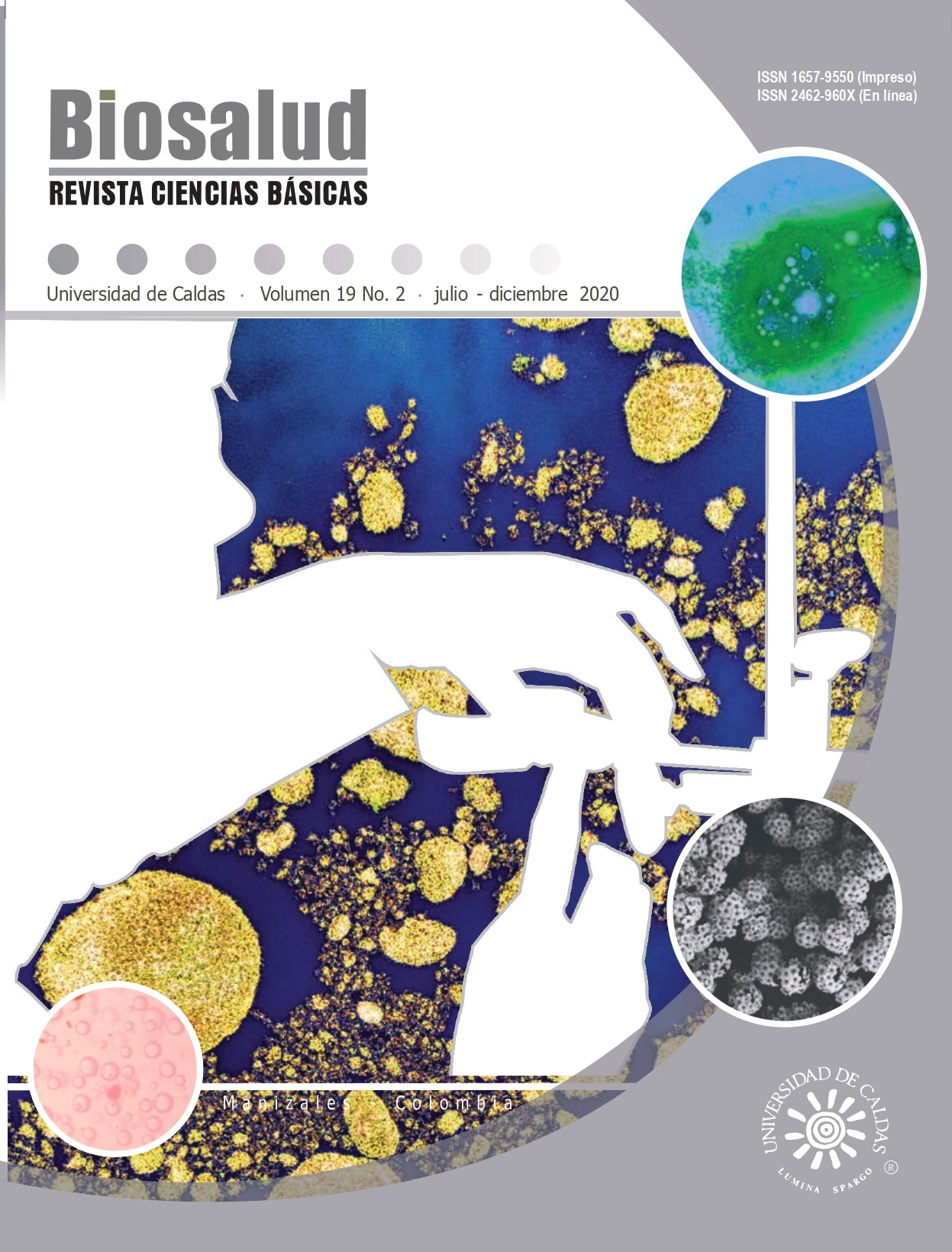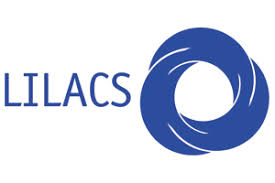Authors
Abstract
Objects: To determine the epidemiological and clinical significance of results for the primary outcome of randomized controlled clinical trials
published in high impact medical journals. Methods: A meta-epidemiological observational study was conducted, in which probability sampling was applied to select 100 randomized controlled clinical trials, published over a 3-year period (from January 2020 to December 2022) in four medical journals (NEJM, JAMA, The lancet and BMJ) and the primary outcome of each clinical trial was classified into five categories according to statistical significance and clinical relevance, using the 95% confidence interval. Results: A total of 100 articles were reviewed and classified in groups, of which the most frequent primary outcomes were statistically non-significant and clinically irrelevant (36%), and statistically significant with unclear or uncertain clinical relevance (28%). The least frequent outcome was statistically significant and clinically not relevant (2%). Conclusion: This study highlights the importance of an adequate interpretation of scientific studies, where the terms of statistical significance and clinical relevance are differentiated. It is important to evaluate the quality of the studies that support decisions in clinical practice, since according to the results most of the studies analyzed had neither statistical nor clinical value. There are few meta-epidemiological studies related to this topic, so greater research efforts are required to
allow comparison of results.
References
2. Clark, M. L. (2004). Los valores P y los intervalos de confianza: ¿en qué confiar? Revista Panamericana de Salud Pública, 15(5), 293-296.
3. Gil, J. F. y Castañeda, J. A. (2005). Una mirada al valor de p en investigación. Revista Colombiana de Psiquiatría, 34(3), 414-424.
4. Greenland, S., Senn, S. J., Rothman, K. J., Carlin, J. B., Poole, C., Goodman, S. N. y Altman, D. (2016). Statistical Tests, P values, Confidence Intervals, and Power: A Guide to Misinterpretations. European Journal of Epidemiology, 31, 337-350.
5. Hespanhol, L., Vallio, C. S., Costa, L. y Saragiotto, B. T. (2019). Understanding and Interpreting Confidence and Credible Intervals Around Effect Estimates. Brazilian Journal of Physical Therapy, 23(4), 290-301.
6. Hollon, S. D. y Flick, S. N. (1988). On the Meaning and Methods of Clinical Significance.Behavioral Assessment, 10(2), 197-206.
7. Itani, K. y Kibbe, M. (2022). Clinical Trials Design, Scientific Rigor, and Higher-Level Evidence in Surgery. JAMA Surgery, 157(12), 1078-1079.
8. Johnston, K. M., Lakzadeh, P., Donato, B. M. K. y Szabo, S. M. (2019). Methods of Sample Size Calculation in Descriptive Retrospective Burden of Illness Studies. BMC Medical Research Methodology, 19(1), 9. https://doi.org/10.1186/s12874-018-0657-9
9. Kingman, A. (1992). Statistical vs Clinical Significance in Product Testing: Can They Be Designed to Satisfy Equivalence? Journal of Public Health Dentistry, 52(6), 353-360.
10. Lindgren, B. R., Wielinski, C. L., Finkelstein, S. M. y Warwick, W. J. (1993). Contrasting Clinical and Statistical Significance within the Research Setting. Pediatric Pulmonology, 16(6), 336-340.
11. Murad, M. H. y Wang, Z. (2017). Guidelines for Reporting Meta-epidemiological Methodology Research. Evidence Based Medicine, 22(4), 139-142.
12. Naimi, A. I. y Whitcomb, B. W. (2020). Can Confidence Intervals Be Interpreted? American Journal of Epidemiology, 189(7), 631-633.
13. Ochoa Sangrador, C. (2010). Evaluación de la importancia de los resultados de estudios clínicos. Importancia clínica frente a significación estadística. Evidencias en Pediatría, 6(2),
15. https://evidenciasenpediatria.es/articulo/5413/evaluacion-de-la-importancia-de-losresultados-de-estudios-clinicos-importancia-clinica-frente-a-significacion-estadistica
14. Schober, P. y Vetter, T. R. (2020). Confidence Intervals in Clinical Research. Anesthesia and Analgesia, 130(5),1303.
15. Wang, M. y Long, Q. (2022). Addressing Common Misuses and Pitfalls of P Values in Biomedical Research. Cancer Research, 82(15), 2674-2677.
16. World Medical Association. (2013). Ethical Principles for Medical Research Involving Human Subjects. JAMA, 310(20), 2191-2194.

 PDF (Español)
PDF (Español)
 FLIP
FLIP



















